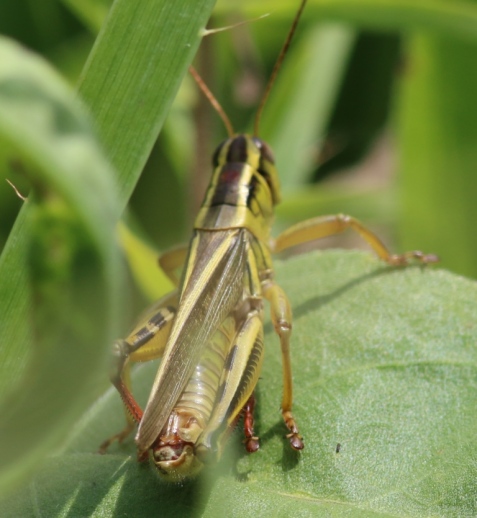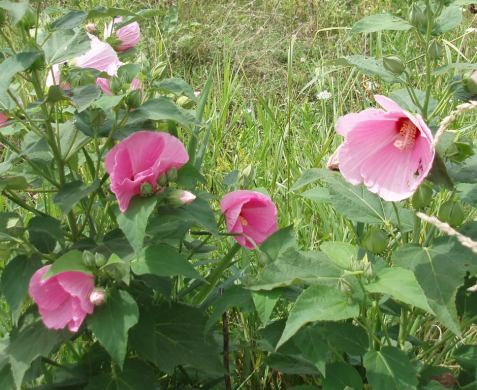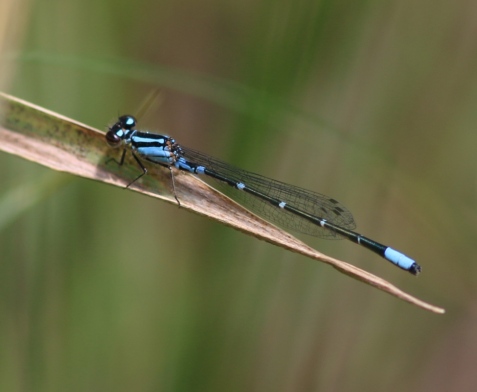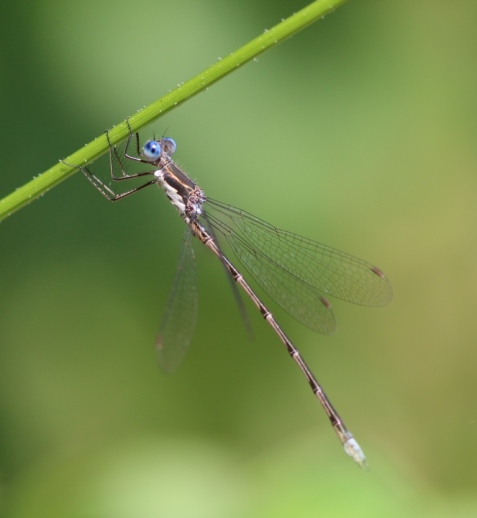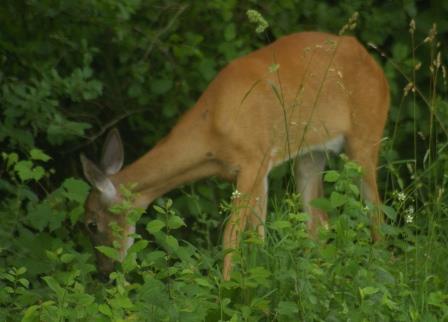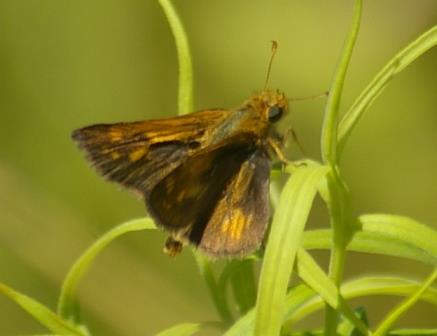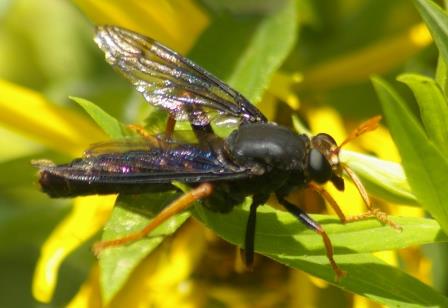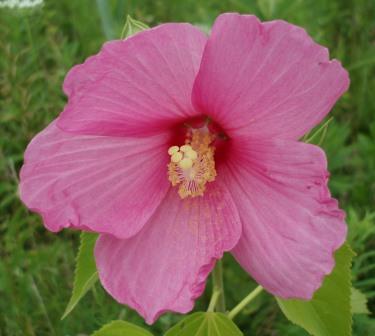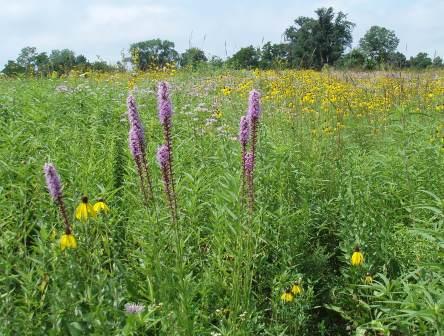by Carl Strang
Photos from Mayslake Forest Preserve have been accumulating, so today’s post covers a miscellany. Two of the subjects were additions to the preserve’s species list. I have been there for more than 5 years, so this testifies to the dynamism of that ecosystem.
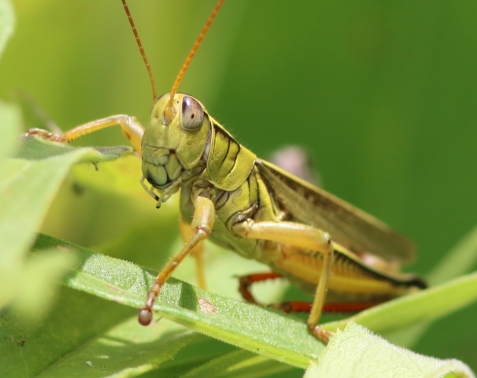
The two-striped grasshopper is distinctive enough that I should have noticed it before if it were any kind of significant presence.
The other new species was a turtle.
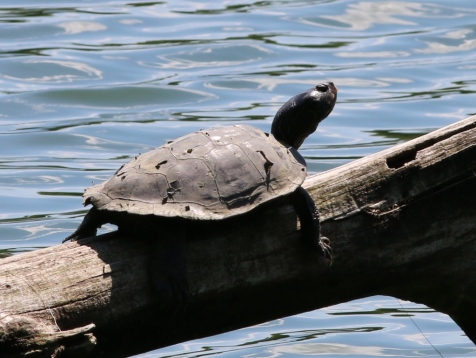
Though this large map turtle was sunning at Mays’ Lake, it’s a short crawl from Trinity Lake, which is much more extensive and would account for my not having observed this critter before.
The remaining photos are of organisms I have seen before at the preserve, but are uncommon.
